I have participated last week-end in London to the amateur session of the European Planetary Science Congress (EPSC) 2013. A great moment for amateur astronomy but not only!
Author Christophe Pellier
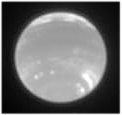
In 2012 we saw the amateurs broke a new border by imaging for the first time non ambiguous details on Uranus. In 2013, this is maybe the turn of Neptune ! But what can we see on Neptune ? Neptune is planet rather similar to Uranus: its very cold color…
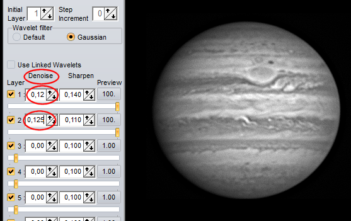
There are many processing software for planetary imaging, and many are excellents. But to finalise the processing, and whatever software I have used, I always go back to Registax 6 ! Here is why…

Note: the guide has been updated in the e-book “Get successful planetary images” This week I propose you some content under a different form: instead of a new article, I have just finished to write a small practical guide “10 steps to get successful planetary images”.
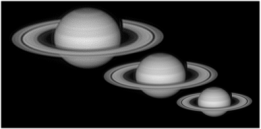
Sampling is a basic notion of CCD imaging. What it is exactly ?
The pro/am cooperation in planetary astronomy is currently experimenting a serious renewal. On june 7, 8 and 9, the Astronomical society of Touraine (SAT), in France, organized the astronomical nights of Touraine, a week-end of observations for amateurs. Several speakers had been invited by the SAT to give talks on…
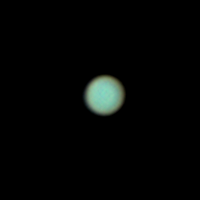
Apart of imaging belts on Uranus, you may want to make color images of the planet :). Uranus is far away, small and not very bright, yet it delivers at the eyepiece a very charming view of a definitely planetary object. Here is a tutorial to achieve good color images…
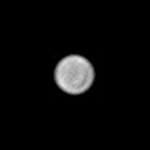
In 2012, we have seen for probably the first time in History, amateur observers imaging non-ambiguous details on the disk of Uranus. With the following tutorial, learn how to do it by yourself !
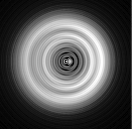
To make good planetary images, we are always told that it is essential to collimate the telescope, otherwise its theoretical performances will collapse. This is completely true. However, observers sometimes find collimation is difficult, tedious, and at a result they do not adjust it as often as they should. Here…

Now that I have my video files of Neptune, how do I process them ? There is very little chance that you get details on Neptune. It would require a very big diameter and the use of a near IR filter. In colour, there are certainly none to see at…
